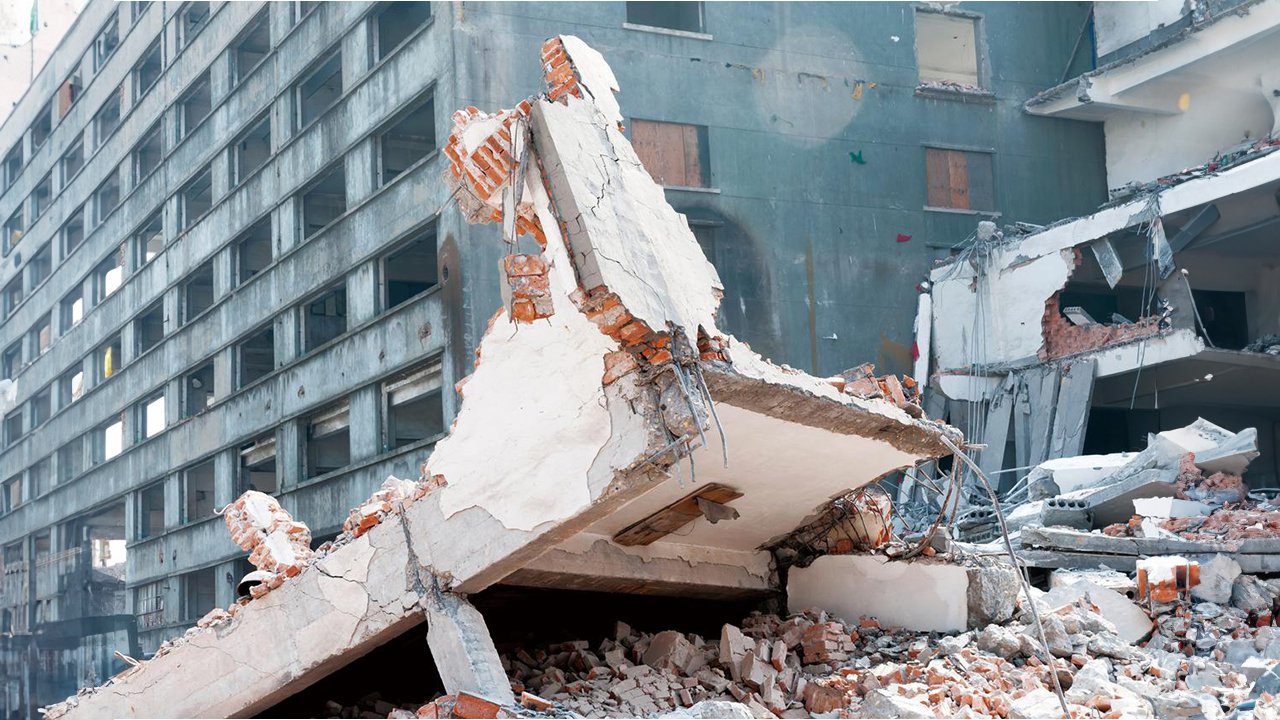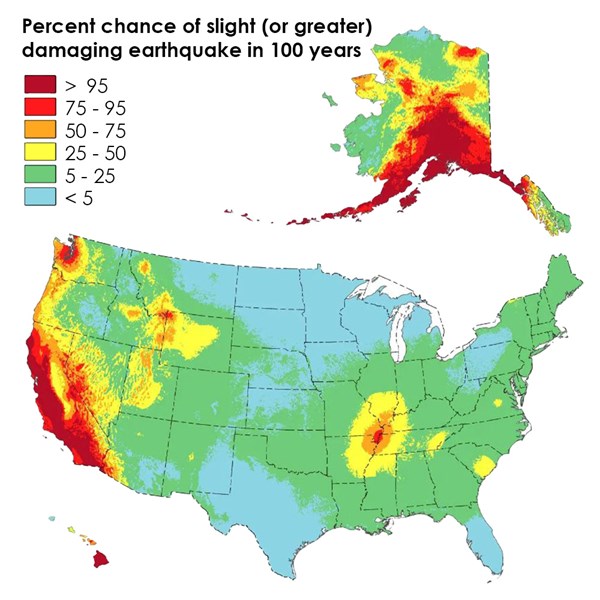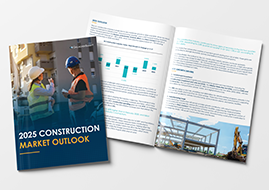
May 17, 2024 — Those words are one of many reactions from the dazed survivors of the 1906 San Francisco earthquake. Your correspondent has been through hurricanes, tornadoes, wildfires and blizzards. They all pale in comparison to a great earthquake.
At 5:04 PDT on October 17, 1989, I sat in my car at an intersection a few miles south of San Francisco waiting for a green light. My car became airborne, the traffic light whipped to one side and smashed into the pavement, huge waves rolled through the asphalt road like surf hitting a beach, the windows of the office building opposite exploded and sprayed glass everywhere, the power winked out. The ground around another building sank, leaving the doors high above the pavement. Further away, Mount Loma Prieta, 3,790 feet, pivoted like a ballerina,* and part of the Bay Bridge crashed into the bay. Freeways crumbled. Buildings collapsed, crushing scores of people. And this was not officially a large earthquake — a mere 6.9, known now as "the Little Big One."
The recent 4.8 earthquake in New Jersey and its continuing aftershocks that startled the New York area a few weeks ago are a timely reminder that, as the TV news correspondent Charles Kuralt put it some years ago, "we walk on the crust of an unfinished planet." It's also a timely reminder that earthquake risk isn't limited to California or other stops along the Pacific Ring of Fire. The East Coast and parts of the Midwest are riddled with faults as well. They're less active but quite real and capable of serious damage. Since 1950, the East Coast has had some 20 quakes of 4.5 or higher, while the western US has had some 1000+.
The last shaker of note back East wasn't even that long ago — a 5.8 magnitude, with its epicenter under Mineral, Virginia. You may recall that it caused some minor damage to the Washington Monument. Quakes on the East Coast tend to have a shorter, faster wave motion due to the predominant types of bedrock along the Appalachians, while western shakes have a slower, more wave-like motion. The short period shakers are more likely to damage structures of only a few stories, while the longer wave lengths cause more damage to taller buildings.
The United States Geological Service (USGS) recently updated their master map of earthquake risk in the US. This map from the updated National Seismic Hazard Model shows the probability of a damaging earthquake occurring anywhere in US in 100 years. A damaging quake is any temblor with a Modified Mercalli intensity (MMI) rating of VI or above. MMI ratings are roman numerals that ascribe quakes a severity based on their observable effects. An earthquake rated as MMI VI is felt by all, frightens many, moves some heavy furniture and causes a few instances of fallen plaster, resulting in relatively slight damage overall.

That yellow blob in South Carolina reminds us of the great quake of 1886 (estimated 6.9 to 7.3) which badly damaged Charleston. That orange oval in the middle recalls the New Madrid series of massive quakes back in 1811-1812 (estimated 7.2 to 8.2). Not shown is the Great New England quake of 1727 or the fact that Hartford, Connecticut, is on the USGS's watch list for a serious seismic event.**
The point, of course, is that it's easy to forget about earthquake risk until Mother Nature gives us a sharp reminder. Perhaps that New Jersey 4.8 was Mother Nature's way of telling us to review our quake precautions and plans. At almost the same time as the 4.8, the USGS issued a carefully worded "prediction" concerning likely movement on the Parkfield section of the San Andreas in California.
So what more do you need? Have you reviewed and updated your quake loss prevention practices? Are newer storage shelves properly bolted to the walls? Have your safety people and other internal first responders been briefed on quake protocols recently? How about your property covers? Everything in place?
As a point of comparison, you might want to scan an article describing how Japan takes earthquake safety seriously and how its culture of preparedness keeps so many people alive despite a history of mega-quakes and tsunamis.
Earthquakes are an especially sneaky kind of risk. They let us become complacent; years roll by and nothing happens, then — wham! Even worse, unlike a fire or other common type of industrial accident, quakes don't just damage your particular operation. Even a little big one can put a whole region out of commission by shattering transportation and energy infrastructures. Back in 1989, we had to figure out how to make do without the Bay Bridge and a number of highways and other facilities for months and months.
Think of that New Jersey 4.8 as a polite whisper in your ear.
*Mt. Loma Prieta's movement opened up a crevasse in a meadow at the foot of the mountain, which swallowed a cow. Yes, that really does happen.
**A 2.8 aftershock hit Concord, New Hampshire as I write this.
Author

Dr. Gary Anderberg
Make Gallagher Bassett your dependable partner
When making the right decision at the right time is critical to minimize risk for your business, count on Gallagher Bassett's extensive experience and global network to deliver.

